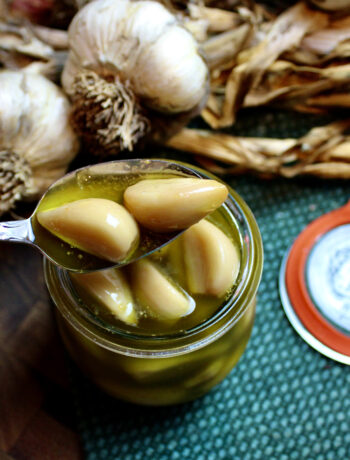How to choose the best canned tuna
Along with tuna salad comes the pain of choosing the safest, most sustainable canned tuna. I can’t tell you how many hours of my life I have spent reading tuna and salmon can labels in the grocery store. My main concerns were the mercury levels of the tuna and whether it was caught with sustainable practices.
Mercury levels in canned tuna
The first thing to know when assessing what type of canned tuna to buy is that there isn’t just one tuna species in canned tuna. Bluefin, yellowfin, skipjack, and albacore are all different species found in canned tuna–but which is the best? Depending on the species’ lifespan, diet, location, and many other factors, the mercury levels, omega 3 fatty acids, and nutritional content can change dramatically from fish to fish. For example, albacore tuna are much larger fish with longer lifespans, meaning they will bioaccumulate larger amounts of mercury in their bodies than that of a smaller species, like yellowfin or skipjack.
Chunk light (light tuna) is normally made up of smaller tuna species like yellowfin and skipjack. These smaller fish have lower mercury levels, fewer calories, a more intense flavor, and contain more protein and vitamins. Albacore tuna is a meatier, more solid type of tuna known to contain more mercury, more calories, a milder flavor, and a little less protein and vitamins. Albacore, or white tuna, tends to be a little more expensive than light.
In summary, the light or chunky light tuna has a flakier, more intense flavor with lower levels of mercury, fewer calories, more protein and vitamins, and is safer for children and pregnant women. However, if you prefer albacore or solid white tuna, Safe Catch is the brand to go with. In fact, this is the ONLY company that tests every single tuna for mercury! Because of this and its commitment to sustainable fishing, Safe Catch is our go-to canned tuna brand.
Sustainable brands of canned tuna
For the most sustainably sourced tuna, look for pole-and-line (or pole-and-troll), hand caught, or wild-caught tuna. Methods of fishing, such as pole-and-line, reduce the number of unintended species from being caught in large, unselective nets. Some brands will even specify FAD-free, dolphin-safe, and Marine Stewardship Council certified. The “FAD-free” label means no ‘fish aggregating devices’ were used in the catching of the tuna. FAD devices are used by fishermen to attract an array of commercial fish such as tuna, marlin, and mahi-mahi; however, they also attract many other marine animals such as endangered sea turtles and sharks that often become bycatches.
Can dogs eat canned tuna?
Yes. In moderation, tuna can be a good source of protein, omega 3 fatty acids, minerals, and vitamins. Small amounts will not cause mercury poisoning in your dog. However, if you have a cat, make sure your canine friend isn’t sharing their food!
Our favorite tuna can brands
Wild Planet and Safe Catch are the two brands that met my requirements for a sustainable, safe source of tuna. Safe Catch is the only company to test the mercury level of every tuna they can, in addition to only purchasing sustainably caught fish (i.e. pole and line or handline). The quality of the product speaks for itself with large chunks of solid white tuna. That said, we do enjoy the light tuna, as it has a more intense flavor and is nutritionally the better option.


No Comments